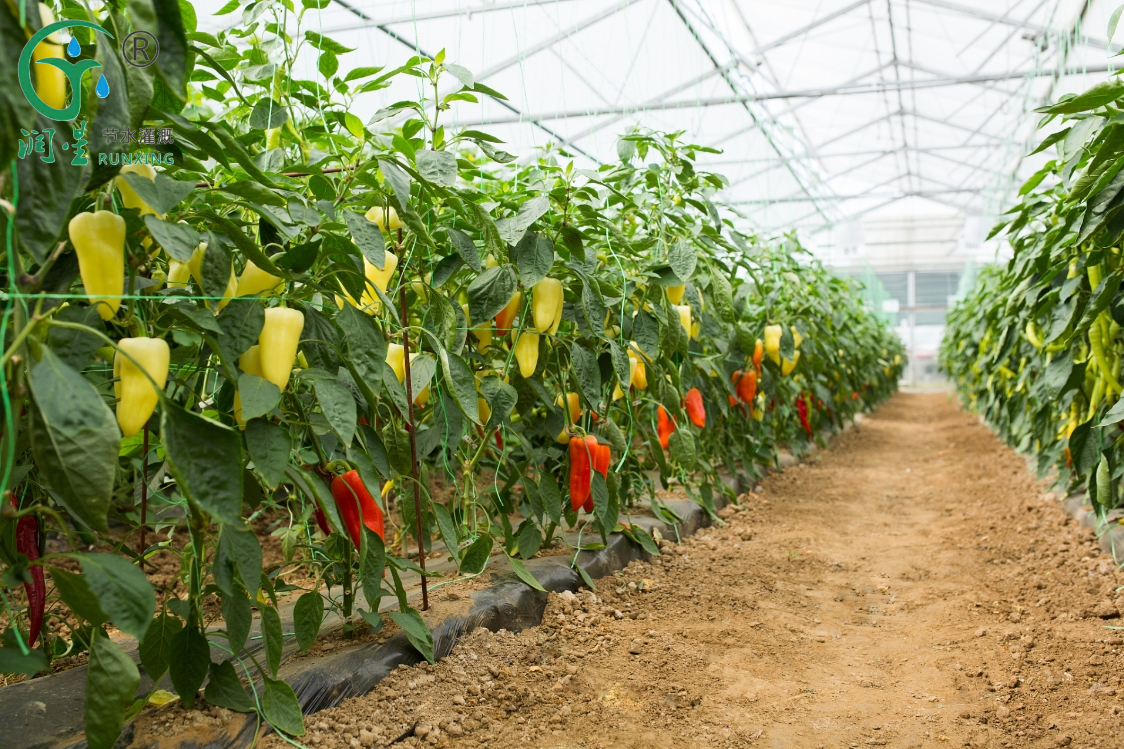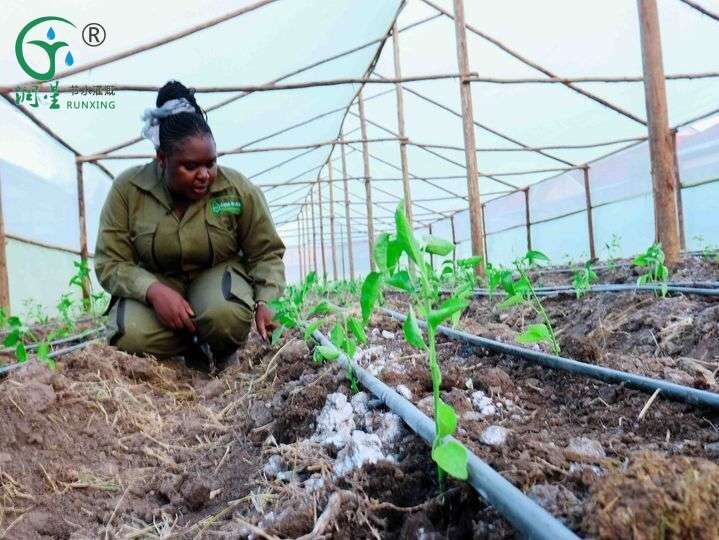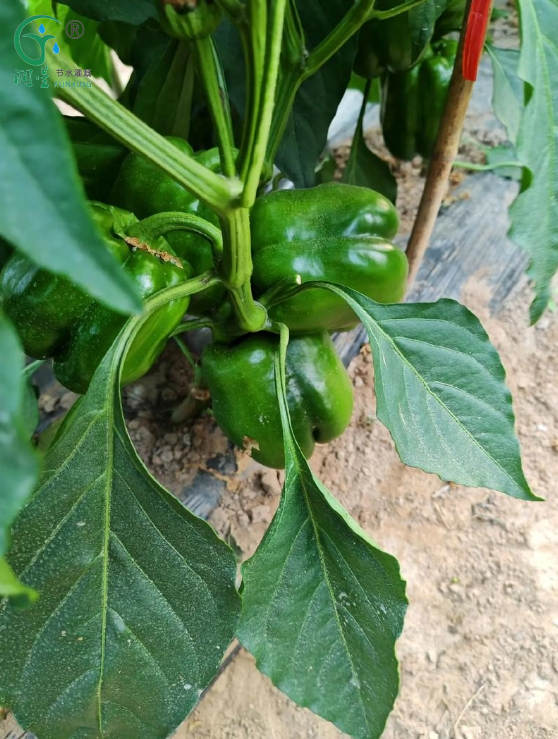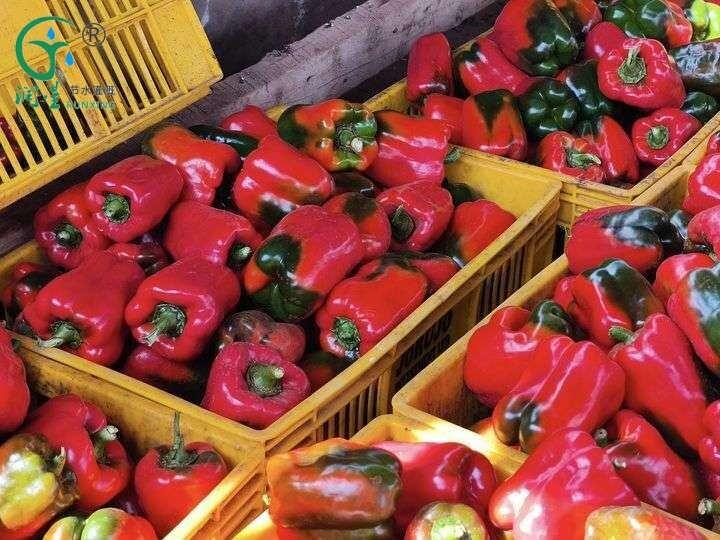Capsicum Greenhouse Farming in the Americas
Capsicum fruits have a high demand in the Americas as they are a great source of Vitamin A. They are used as spices in delicious meals. RainStar Americas trains and helps farmers to start and improve their Capsicum Greenhouse Farming Venture. Through training, supply, and installation of our quality irrigation systems and growing structures, we are determined to contribute to the success of our farmers.

What are the Conditions for Capsicum Greenhouse Farming?
Ideal temperature range of 15 – 25 degrees Celsius. Does well in dry irrigated areas High altitude can reach 2000 meters above sea level. Well-drained loamy soils

Capsicum Varieties in Americas
Several varieties of capsicum thrive in greenhouses and open fields across the Americas. These plants often have a bushy covering with numerous branches.
In open fields, bushy varieties like Jalapeño and Anaheim perform exceptionally well. They are known for their robust growth and adaptability to various environmental conditions. On the other hand, varieties such as Bell Pepper (often hybridized as Bell F1), Sweet Banana Pepper, and Poblano thrive in greenhouses, as they develop tall stems with relatively fewer branches. Additionally, native American varieties like the fiery Habanero, the smoky Chipotle, and the versatile Anaheim pepper add a unique flavor profile and cultural significance to the region's culinary landscape.
How to grow Capsicum in Greenhouses
Greenhouses are ideal for optimal growing conditions for capsicum. Unlike open-field cultivation, growing in greenhouses reduces disease attacks and improves general yield. Before you decide on planting capsicum, you need to first research to identify the suitable varieties that work for you. It is also ideal to learn how to prepare for the actual process of cultivating Capsicum.
Steps for Starting Capsicum Greenhouse Farming
Soil testing and analysis – Get an agronomist to test the PH of your soil and advice on which fertilizers to use. Land Preparation – involves activities such as clearing bushes and digging the land or area for planting capsicum. Setting up a greenhouse structure – Set up a desirable greenhouse structure to grow your capsicum. Acquire materials and technicians to construct your greenhouse from RainStar America. You will benefit from our experience in building durable greenhouses with our affordable and quality materials. Preparing or Buying Capsicum Seeds – You can prepare your capsicum seeds on trays or nursery beds. Buying hybrid seeds from seedling vendors is an alternative if you want to grow urgently. However, it is better to grow your seeds, to avoid the extra cost of seedlings which can be expensive.
Capsicum Seedling Propagation and Transplanting
Raise Capsicum seedlings in nursery beds usually 1M wide and about 30 cm high. Make thin lines about 10 cm apart on the seedling beds and sow the capsicum seeds. It is normally great to prepare your seedlings under insect nets or shade nets to protect against direct sunlight and pests. Water thoroughly to ensure the seedlings get enough moisture for germination. Transplanting should begin after 6 weeks, the moment seedlings have developed recommended height.
Spacing and Irrigation Techniques
Driplines – with 30, 20 and 15 cm spacing – ideal for capsicum and other crops. Pipes for connections Fittings to ensure zero water leakages Fertilizer application kits Support structures (optional)

What size of Greenhouse for Your Capsicum Crops?
8 m by 15 M 8 m by 24 m 8 m by 30 m 16 m by 40 m
Why Capsicum Greenhouse Farming is Better than Open Field Farming
Greenhouse
Irrigation Systems and Greenhouse for Capsicum Farming

If you have any needs, please contact us.
Email:rainnice@rainnice.com
RainStar Drip Irrigation – Excellence in Every Drop
About Us
We are dedicated to offering innovative, water-saving, and labor-saving irrigation solutions for agriculture worldwide. Our focus on quality and continuous innovation drives the development and progress of the industry

